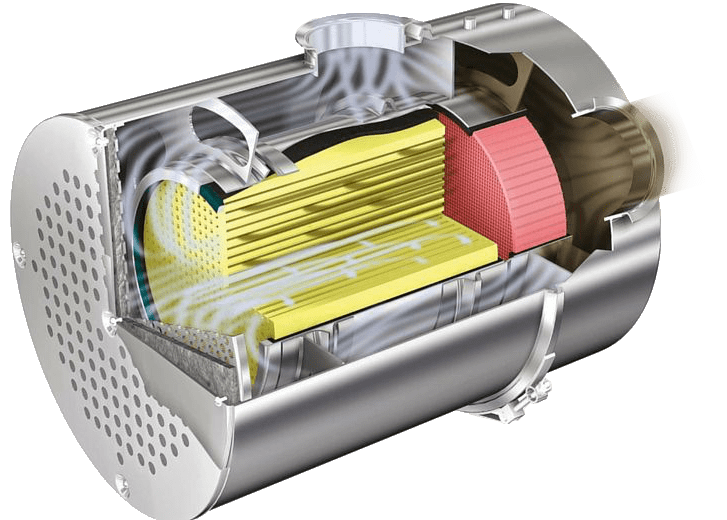DPF with Easy Garage
You can now book DPF regens and treatments using our simple booking system
Book a DPF Clean at Easy Garage
Do you have a DPF (Diesel Particulate Filter) light showing? Easy Garage can help

DPF Regeneration
DPF 3 stage deep clean service
DPF treatment - Advised 6 monthly intervals
MOT FAQ
Diesel particulate filters reduce pollution but you need the full story, here are the pros and cons.
Diesel produces lots of soot (particulate matter) that can cause respiratory problems and contribute to the risk of cardiovascular diseases. Modern diesel cars (since 2009) have to be fitted with a Diesel Particulate Filter (DPF) in the exhaust to stop this soot from passing into the atmosphere. The aim is to cut 80% in particle emissions but the technology’s not without problems.
To maintain performance a DPF has to be emptied regularly. This is usually done passively in a process called ‘regeneration’ when the exhaust temperature’s high enough, on motorways or fast A-roads.
The collected soot is burnt off, leaving only a tiny ash residue. A DPF if used correctly should be good for well over 100,000 miles.
During active regeneration you ay notice:
- Cooling fans running
- Faster engine idle speed
- Automatic Stop/Start doesn’t work
- Increased fuel consumption
- A hot, acrid smell from the exhaust
- The engine sounds different
- Don’t ignore a warning light
- Frequent short journeys where the engine doesn’t get hot
- The wrong type of engine oil – check your handbook
- A problem with the fuel system or Exhaust Gas Recirculation (EGR) causes excess soot
- A warning light on the dashboard or a diagnostic trouble code stored in the engine management system
- Going over the recommended service interval
- If the vehicle uses Eolys™ additive, a low level in the tank can prevent regeneration
- Low fuel level – generally less than a quarter of a tank – will prevent active regeneration from taking place
- DPF additives
- Most DPFs are fitted close to the engine where the exhaust is hottest so that passive regeneration is more likely to work
- DPFs are fitted to meet European emissions regulations and it would be an offence (under the road vehicles construction and use regulations) to use a vehicle that has been modified in such a way that it no longer complies with the emissions standards it was designed to meet.
- Removing a DPF could also invalidate any insurance cover because it makes the vehicle illegal for road use.
- Since February 2014 a missing DPF, where one was fitted when the vehicle was built, will result in a Mot failure.
